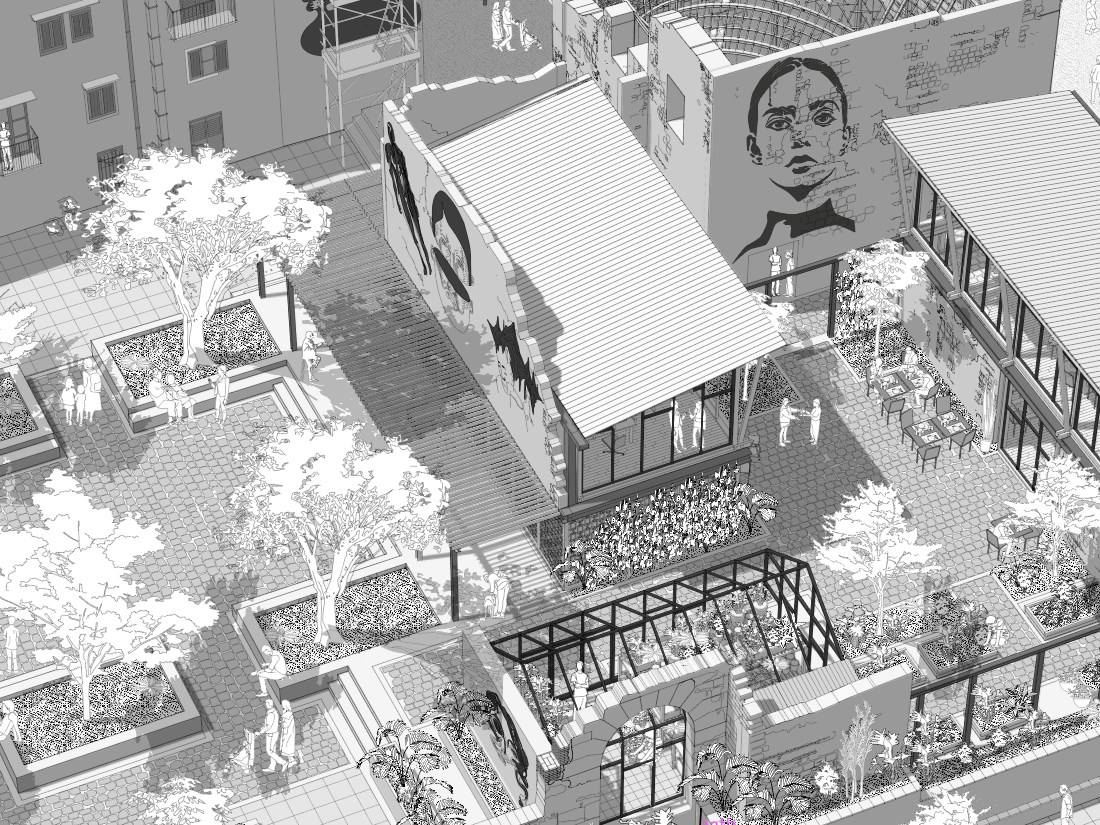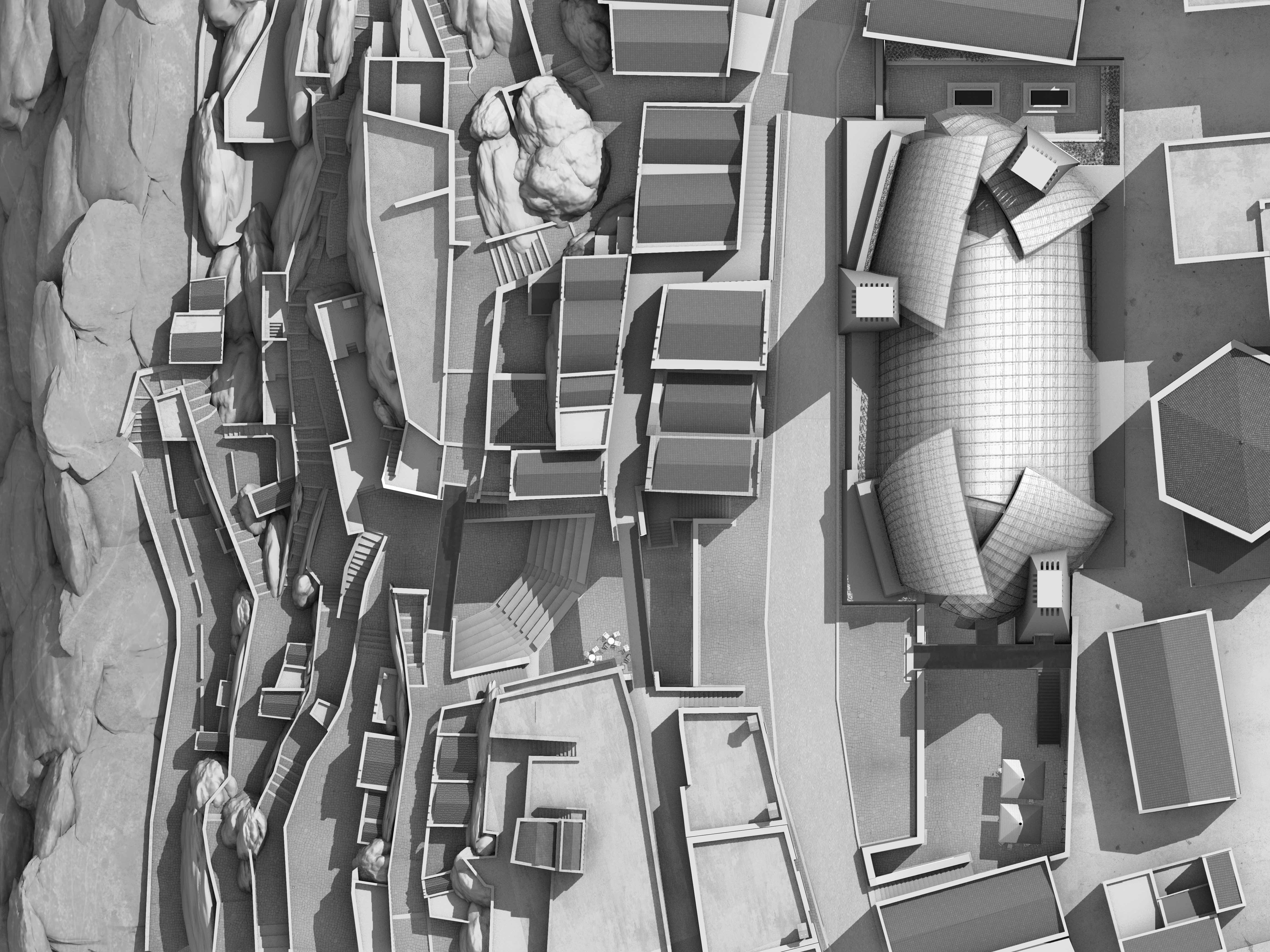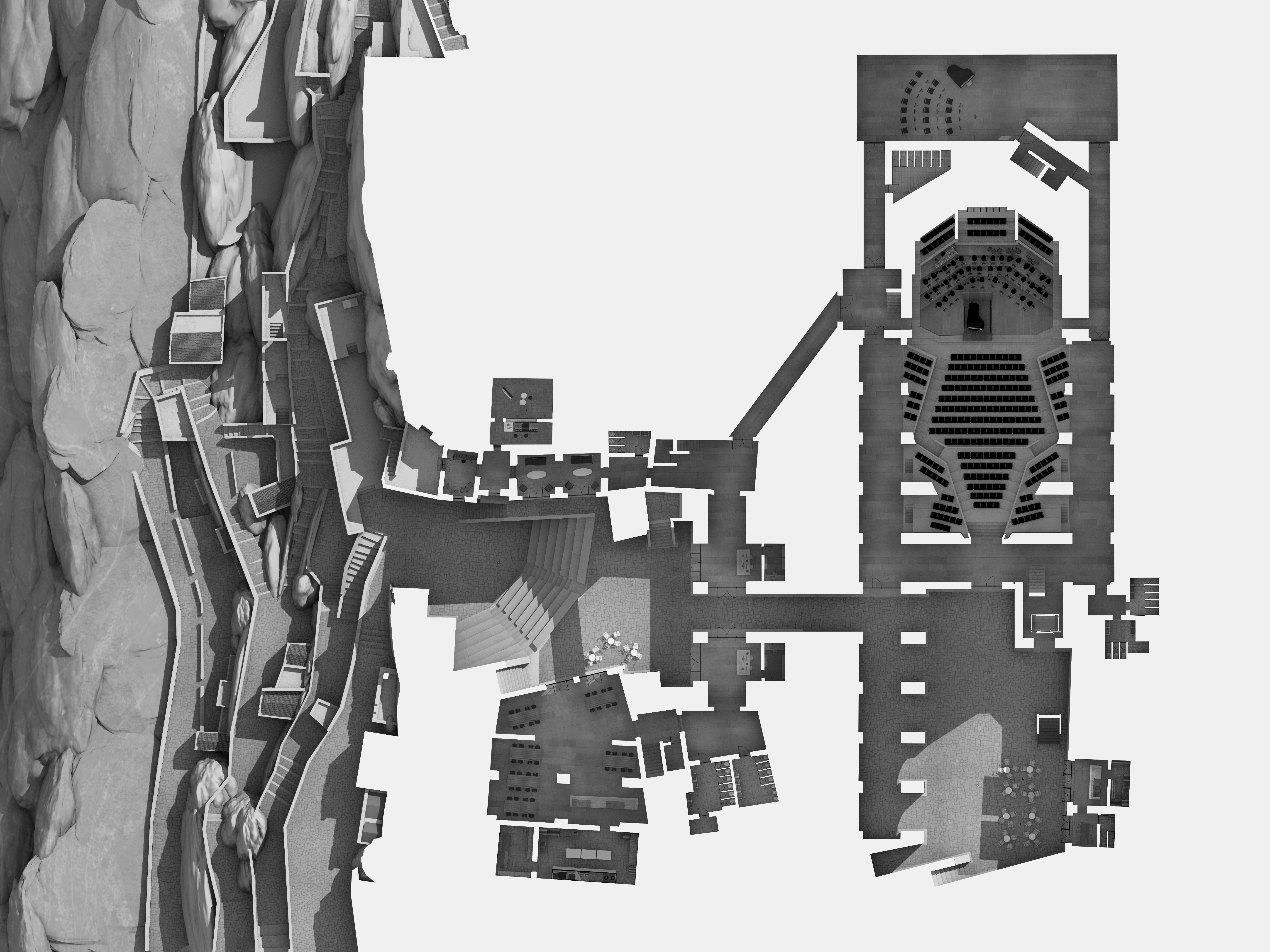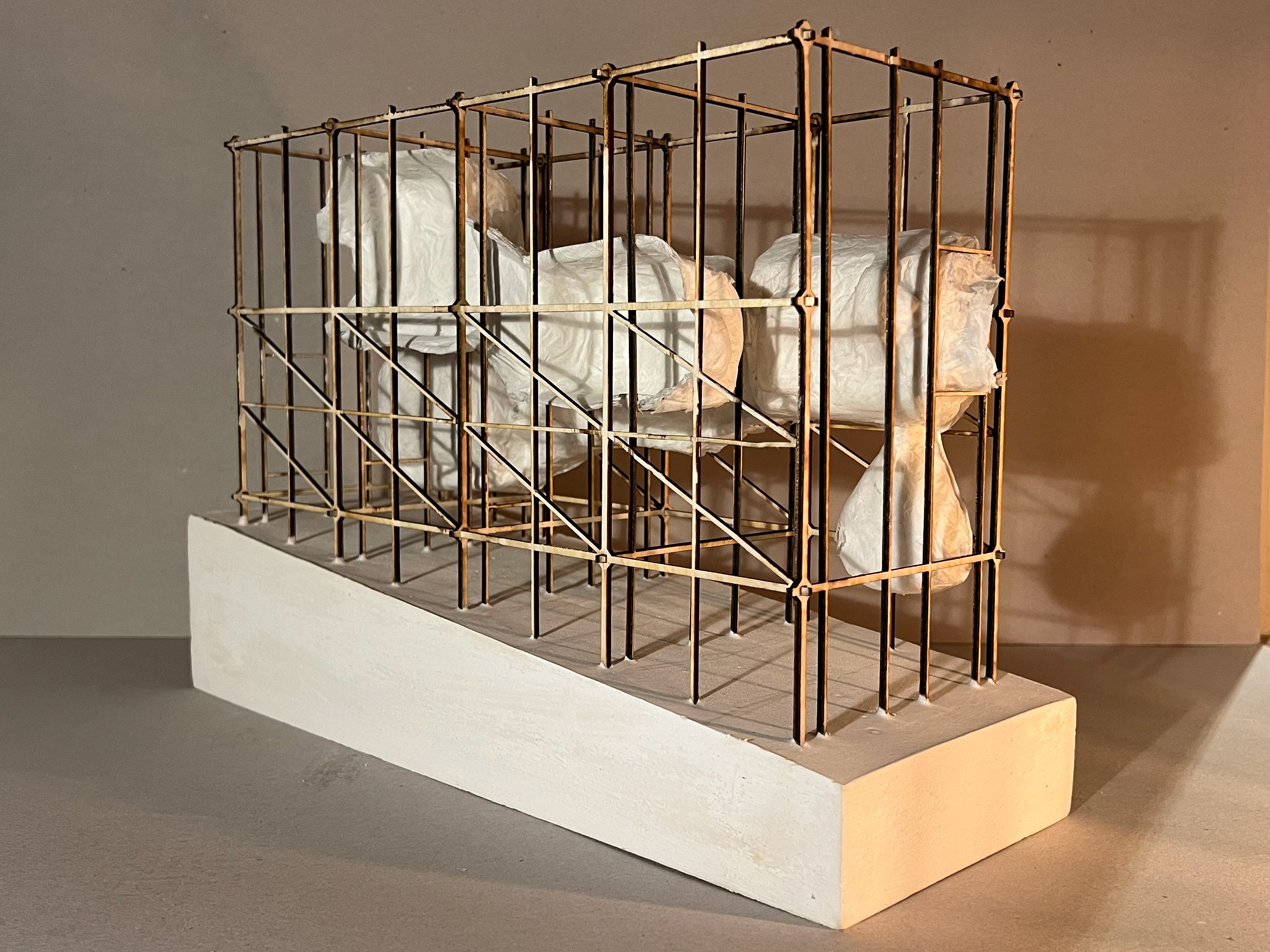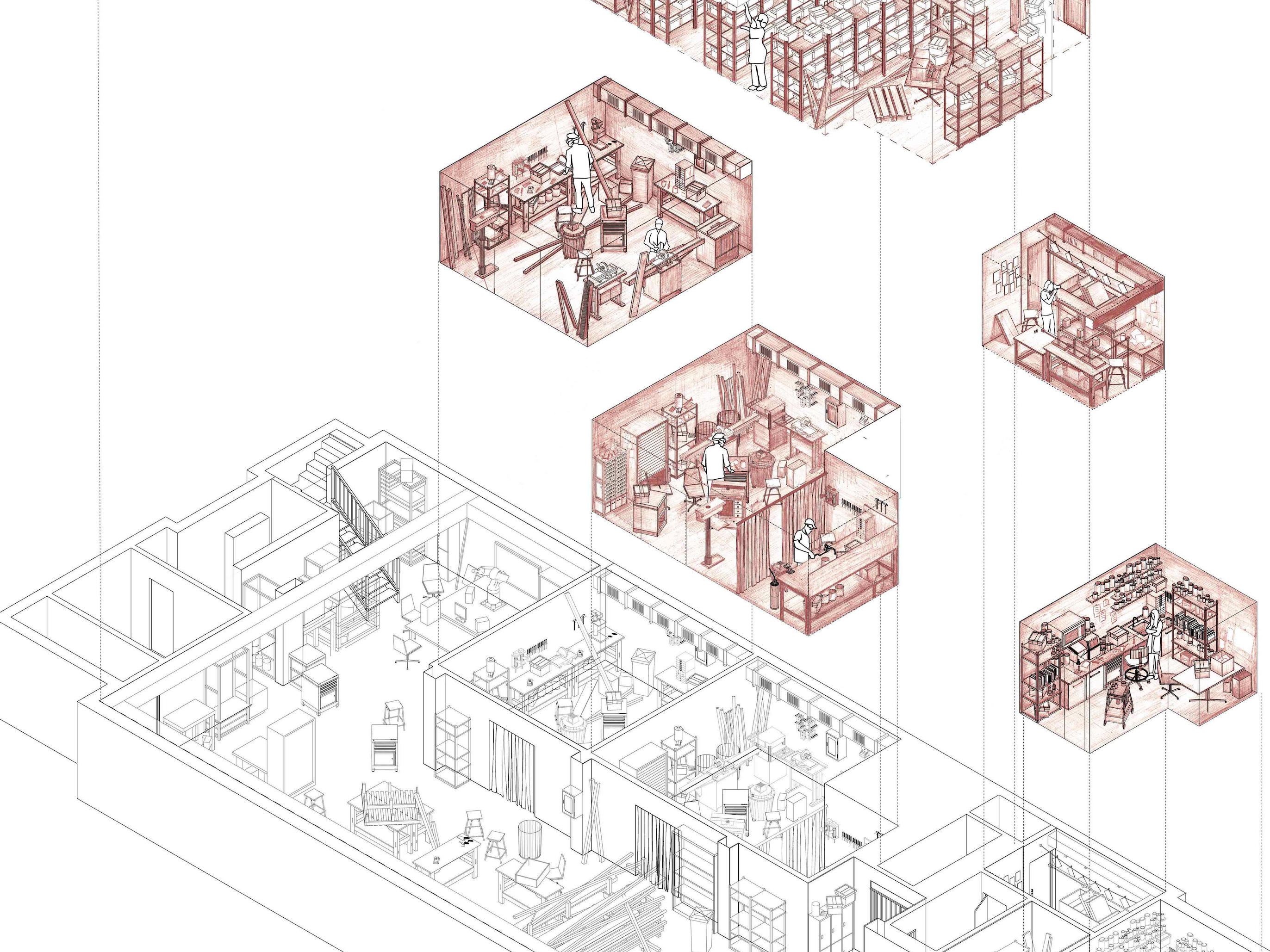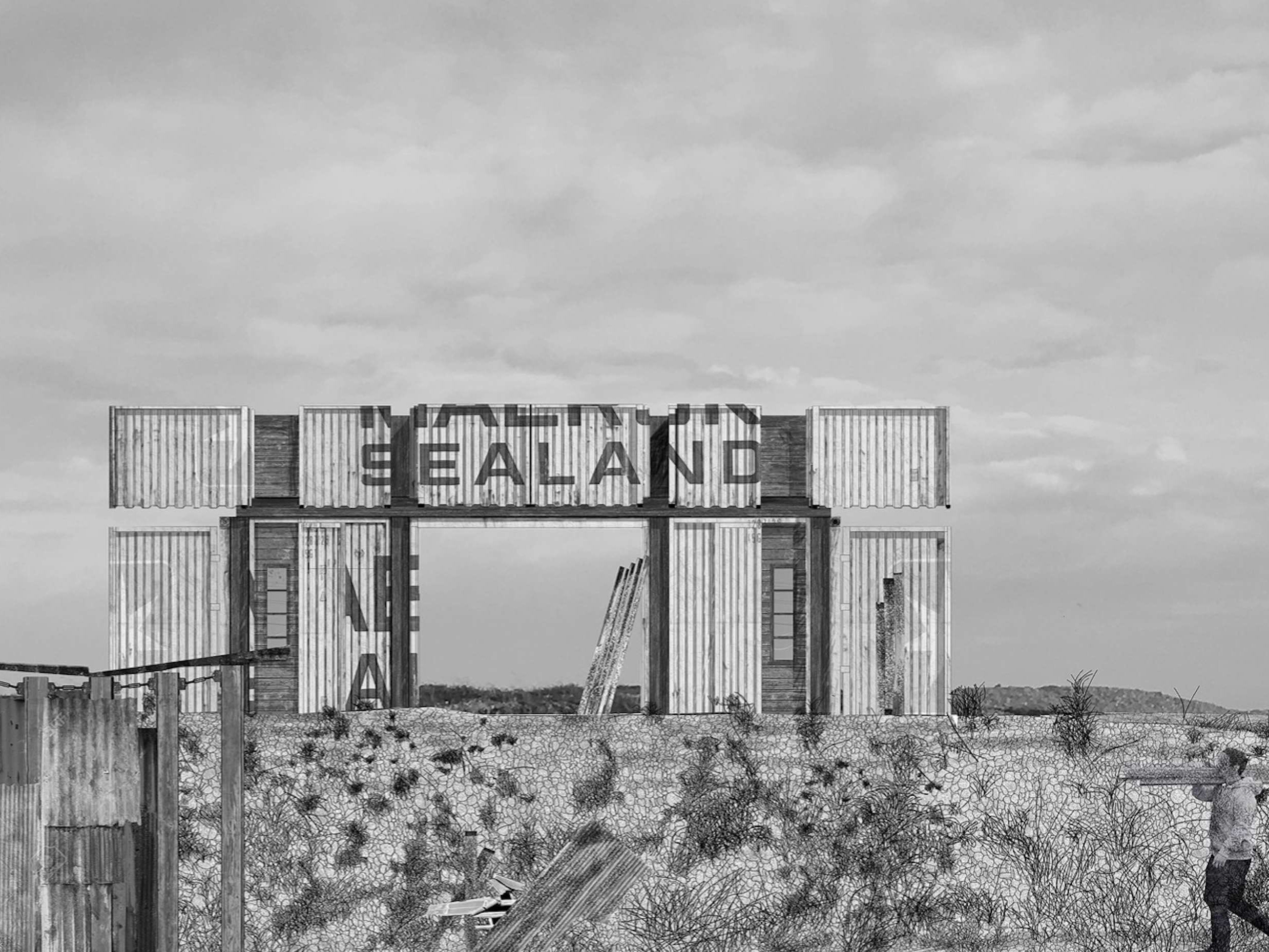The following project was designed in response to the study of Hackspaces (see Hackney Hackspace), self-resilient maker spaces dependent on co-working, mutual respect and a tight community. This conceptual proposal provides an infrastructure on which Hackspace workshops and communities can expand over time with no space limitation.
Re-imagining a local history of craftsmanship.
The following project is based in Kings Cross, a neighbourhood that once was the industrial heart of London. The neighbourhood is undergoing major high-end office and residential use developments. The industrial heritage remains apparent in the local architecture but the craftsmanship is missing.
Expansion over time, inspired by the Tower of Babel.
The Hacker's Yard is designed to expand over time, relative to demand for space and success of its closed loop economy. The rate of expansion and quality of space-usage is relative to how well makers communicate and co-work. An individualistic use of space would mean poor communication, ultimately becoming the tower's rise and downfall.
A modular core from which cantilevered yards expand.
The tower system revolves around a heavy concrete core providing building services and circulation. The core modules are designed to be cast in place, similar to that of the construction of an elevator core. Attachments are pre-cast in the concrete core, these support steel cantilevered yards, on which workshops are built according to use and need.
A comprehensive 26 piece kit-of-parts.
A kit-of-parts is designed to plug into the cantilevered yard's grid attachments. The 26 piece kit-of-parts forms the primary structure for the maker's workshops, on which cladding and insulation can then be secured. The kit-of-parts can form a large array of user specific building spaces, and can be dismantled and adapted if yards change use.
A system that allows makers to design/build their own space.
The kit-of-parts allows for makers to design and build their own workshops. As seen in Hackspace Hackney - Case Study, the best workshops are the ones designed and built by the specialised users. Hackspace communities are strengthened through the act of co-building, a process which gives the makers a sense of ownership and care over the final product.
A balance between architect/user design input.
The challenge of the Hacker's Yard is finding an equilibrium between architectural systems and the building user's freedom to shape the space. This architecture's modular nature means it can be dismantled, re-imagined and updated as time goes, remaining a continual work in progress.


